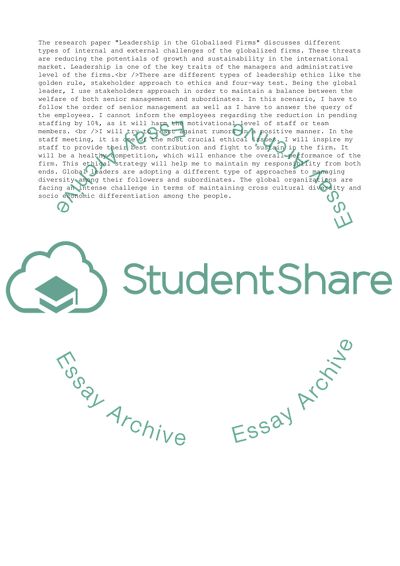Cite this document
(“Leadership in the Globalised Firms Research Paper”, n.d.)
Leadership in the Globalised Firms Research Paper. Retrieved from https://studentshare.org/management/1700043-leadership-in-the-globalised-firms
Leadership in the Globalised Firms Research Paper. Retrieved from https://studentshare.org/management/1700043-leadership-in-the-globalised-firms
(Leadership in the Globalised Firms Research Paper)
Leadership in the Globalised Firms Research Paper. https://studentshare.org/management/1700043-leadership-in-the-globalised-firms.
Leadership in the Globalised Firms Research Paper. https://studentshare.org/management/1700043-leadership-in-the-globalised-firms.
“Leadership in the Globalised Firms Research Paper”, n.d. https://studentshare.org/management/1700043-leadership-in-the-globalised-firms.


